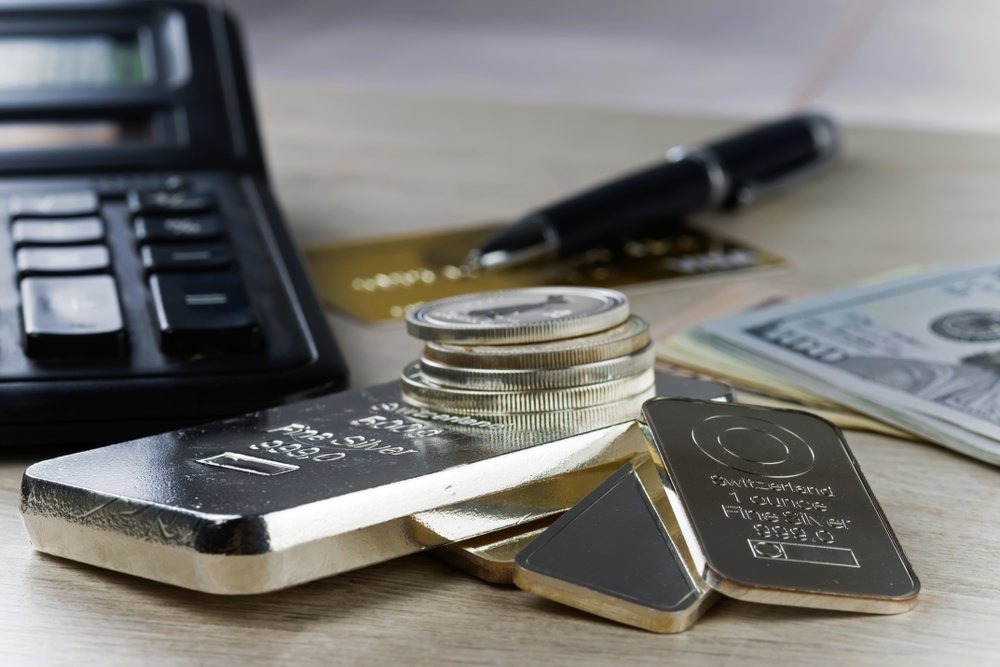
Silver prices experienced a notable increase of 2.28%, closing at Rs 137,056. This rise was driven by robust industrial demand and constrained near-term physical supply, which overshadowed the effects of stronger U.S. macroeconomic indicators that elevated yields and the dollar. U.S. existing home sales experienced a slight decline of 0.2% in August, whereas the Q2 GDP growth was adjusted upward to 3.8%, marking the most robust performance since late 2023.
The strong data points moderated anticipations for significant easing by the Federal Reserve; however, silver found support through industrial demand, especially in photovoltaic panels and electronics, where alternatives are still constrained. On the supply side, disruptions in refining hubs have constrained the availability of refined silver, thereby reducing deliverability and resulting in increased premiums.
Investment appetite remains robust, as evidenced by silver ETPs registering net inflows of 95 Moz in the first half of 2025, surpassing the total for the entire year of 2024. Global ETP holdings reached 1.13 Boz by June, approaching record highs, with their value exceeding $40 billion. In the future, the Silver Institute anticipates a reduction in the global market deficit by 21%, bringing it down to 117.6 Moz in 2025. This projection is based on stable industrial demand, although consumption in the jewellery and silverware sectors is expected to weaken. The forecast indicates a 7% increase in demand for coins and bars this year, following a significant downturn in 2024.
Silver is currently experiencing new buying activity, as evidenced by a 2.67% increase in open interest to 17,394, alongside a price rise of Rs 3,054. Support is positioned at Rs 134,190, with the potential for a test of Rs 131,330 if this level is breached. Resistance stands at Rs 138,720, and a breakout could lead to further gains towards Rs 140,390.
